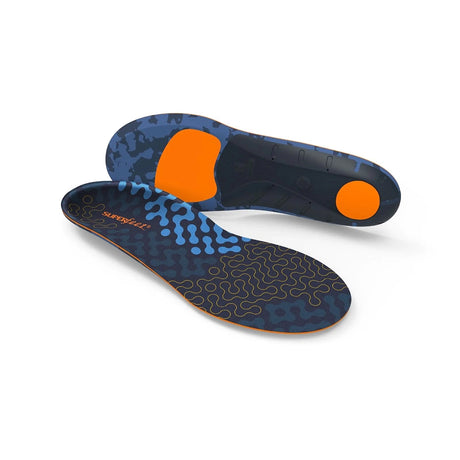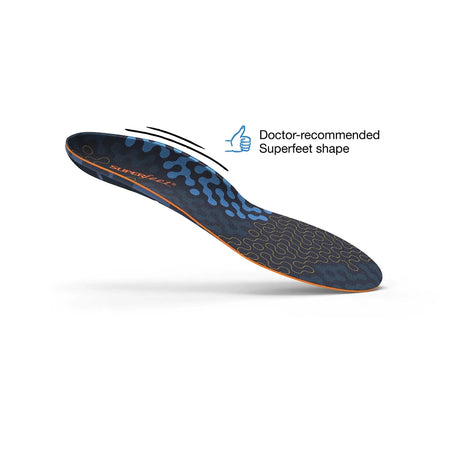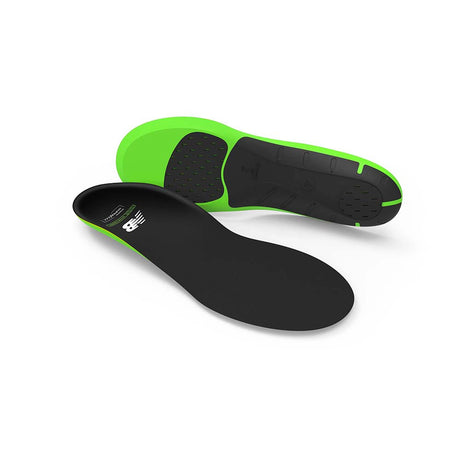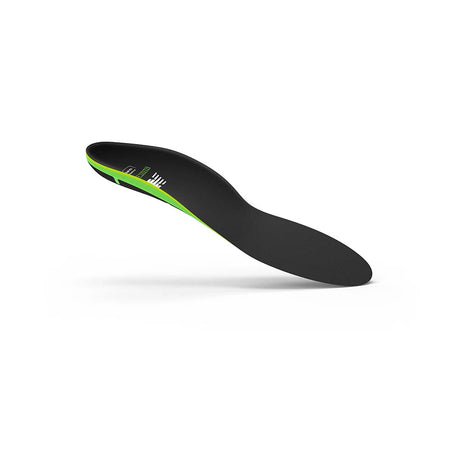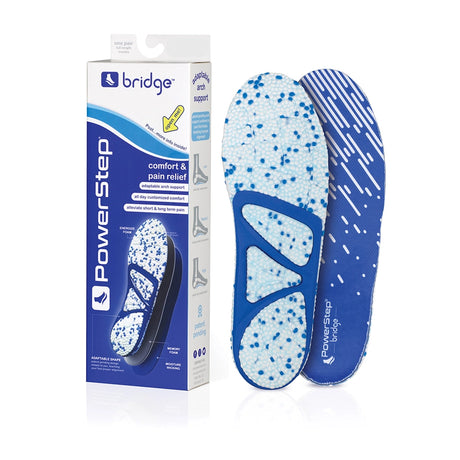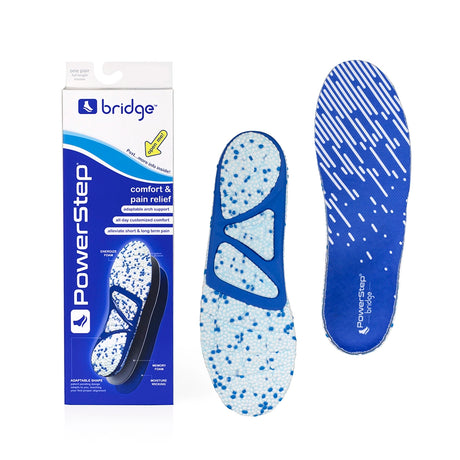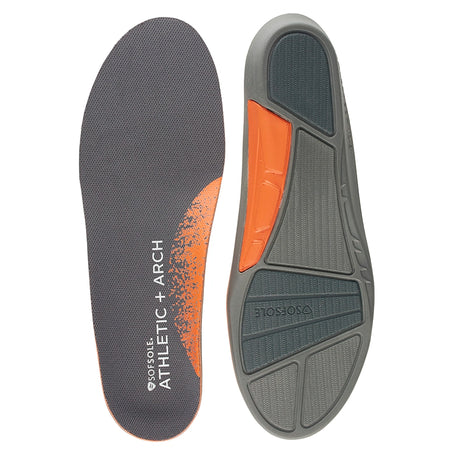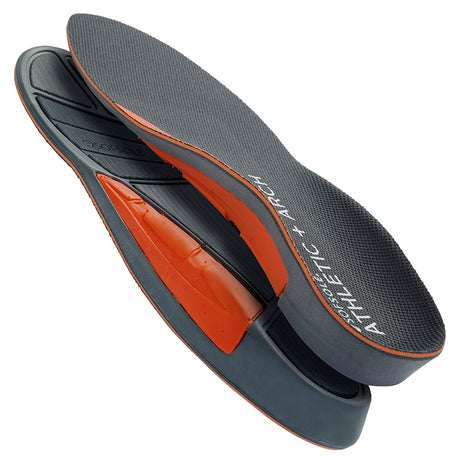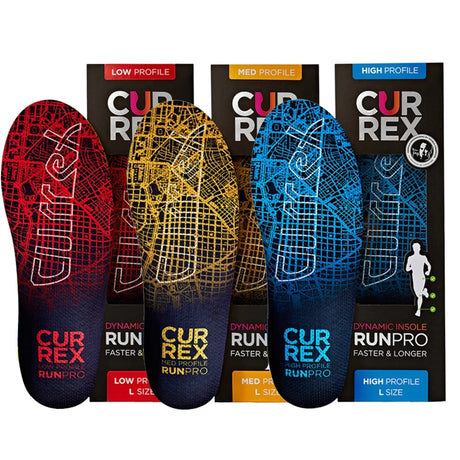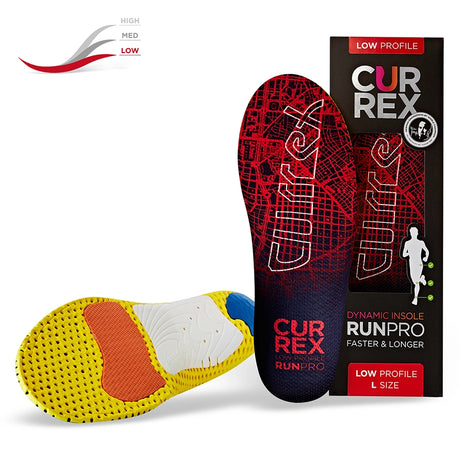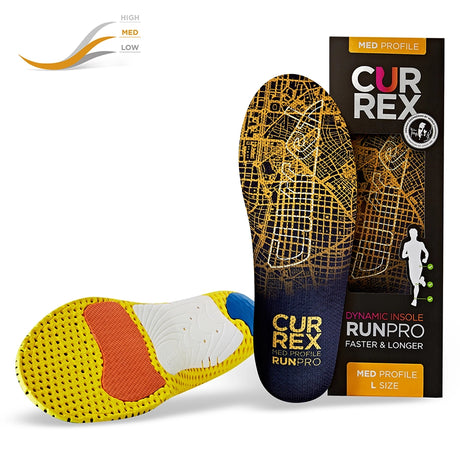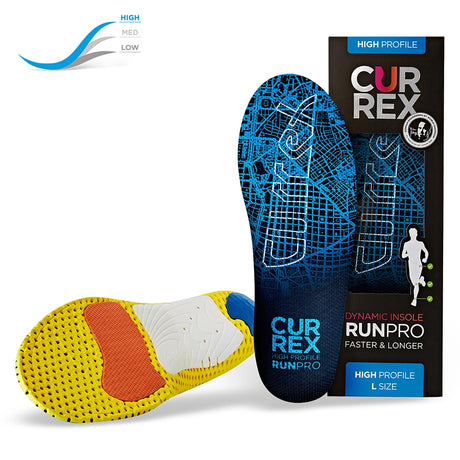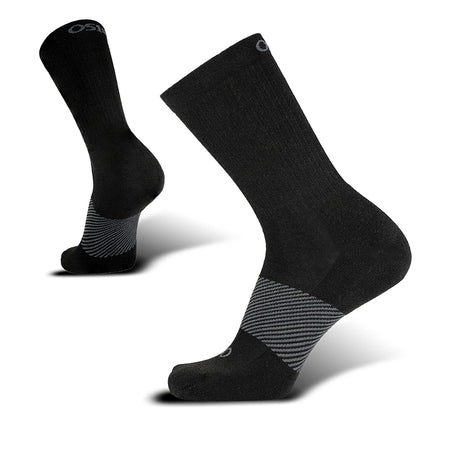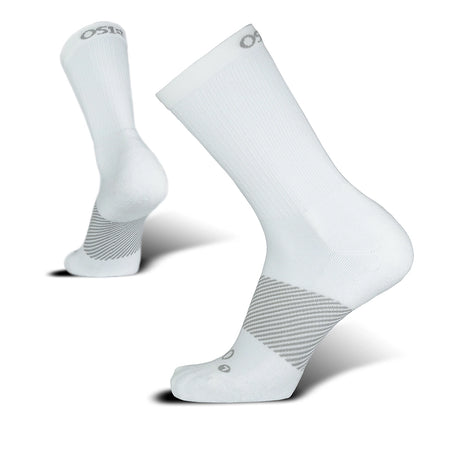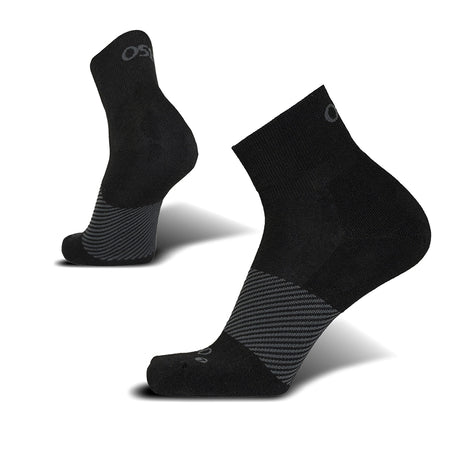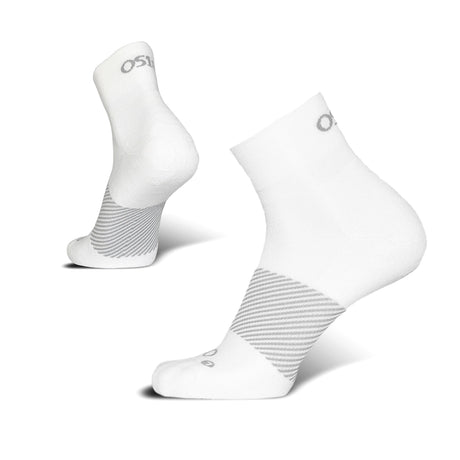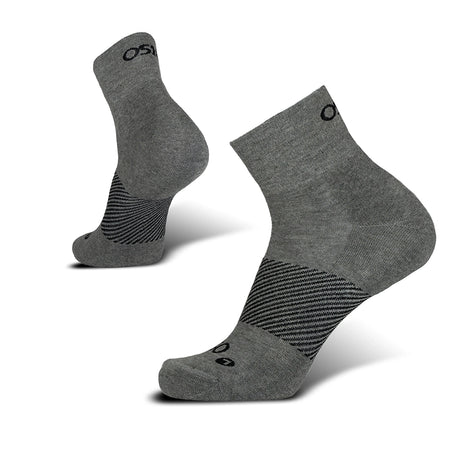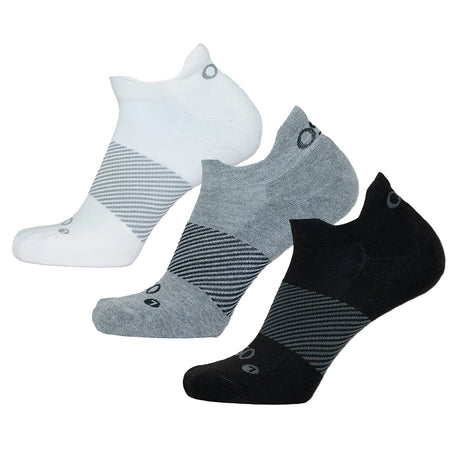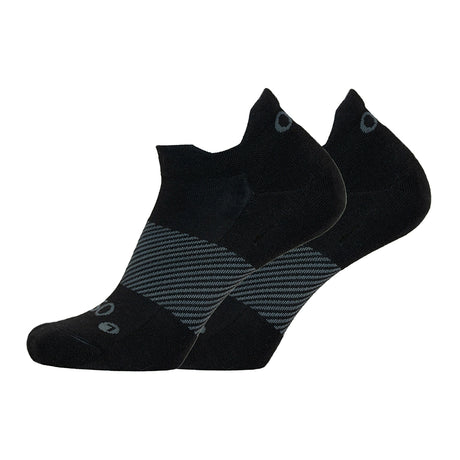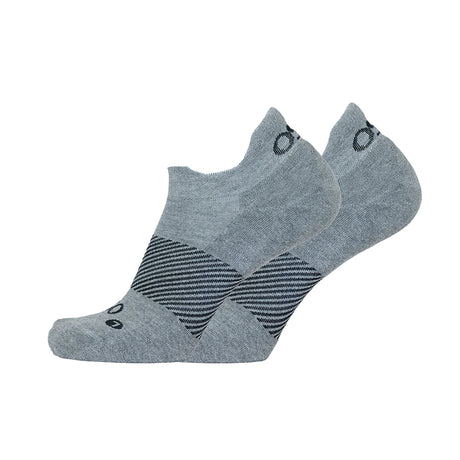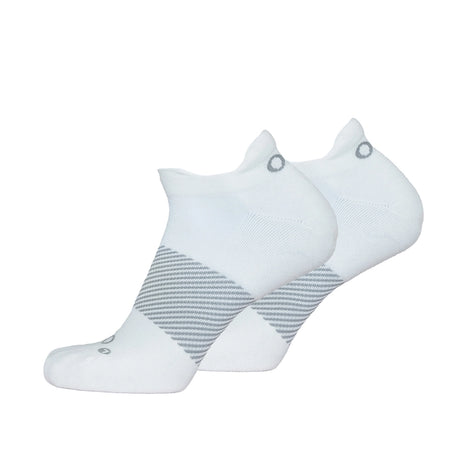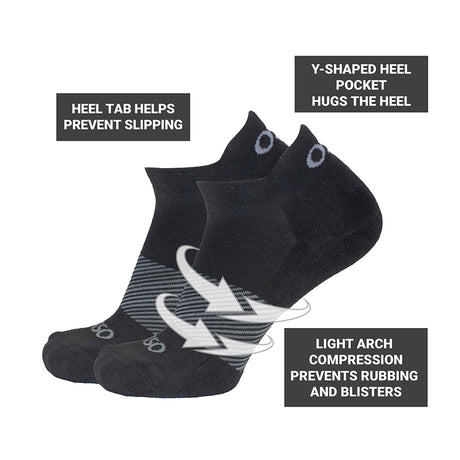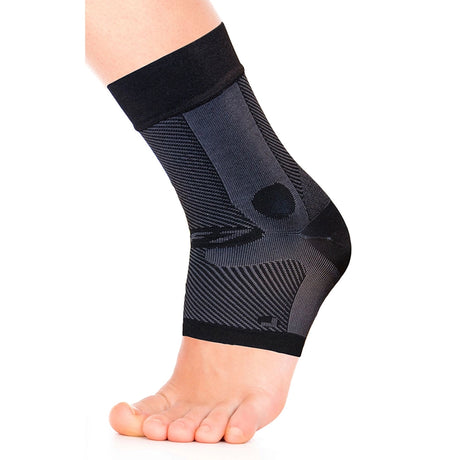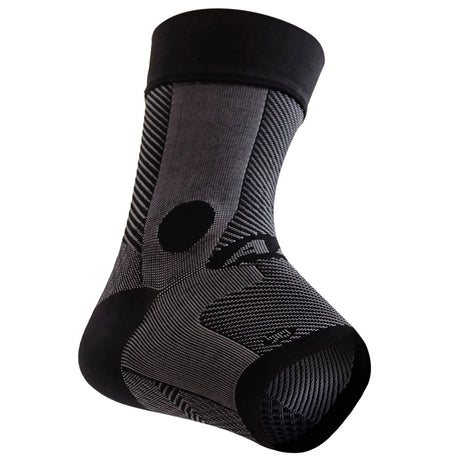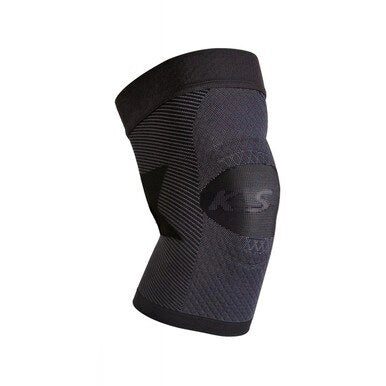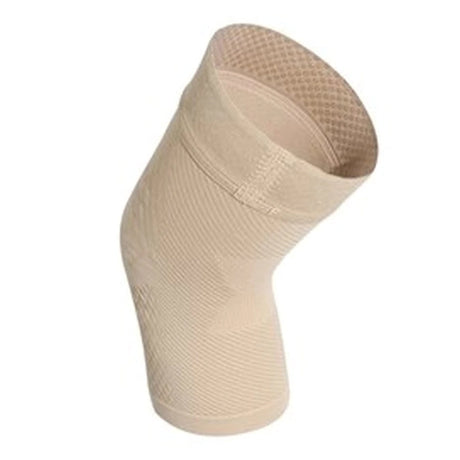Basketball Insoles
You're currently browsing our entire selection of insoles suitable for basketball. Use the product filters below to narrow your selection, or contact us if you have any questions or for a recommendation.
Currently shopping for:
Best for Basketball
Why do you recommend these items?
Why do you recommend these items?
We choose our product recommendations based on a combination of our own usage & opinion of the products, product design & product features, conversations we've had with our customers regarding their product usage & experience, and collective customer product feedback & reviews.
Looking for something different?
Looking for something different?
General recommendations aren't always a one-size-fits-all solution, and we understand that! Our team is more than happy to provide a customized recommendation for you. Simply contact us and give us some information about what you're looking for and we'd be happy to assist!
What impact does basketball have on the lower body?
Basketball is a physically intense activity in general, and it places a lot of strain on your feet, ankles, knees, and hips. Especially where the lower body is concerned, you use your body in a lot of different ways throughout each game: running, slowing down, jumping, suddenly changing direction, and even pivoting in place puts a good deal of strain on your feet and lower body. All of this cumulates in an activity that has a high potential for foot fatigue and soreness as well as overuse injuries such as plantar fasciitis or Achilles tendinitis. Ensuring that your feet are well supported during your games is essentially to ensuring that you remain healthy and pain-free.
What type of insole should I use for basketball?
When looking at insoles for basketball, you're ideally looking for an insole that has a variety of key features. Unlike some single-focus activities, basketball places several different types of strain on different parts of the foot that we want to address:
- Running places intense strain on the forefoot when pushing off and the heel when you place your foot down with each step. On a basketball court, not having the proper protection means that the hard surface of the court directly puts this strain on your feet.
- Stopping your momentum can take its toll, too. When you suddenly stop while in a run/sprint, you're transferring all of that momentum to your feet in the form of added strain.
- Jumping also places intense strain on the foot, this time including the arch of the foot. When you land, the downwards pressure from your jump has to go somewhere. While bending your knees on landing helps lessen the intensity of this strain, without proper support and protection, the arch of your foot will bear the entire brunt of this strain as it transfers the pressure onto the court through your feet.
- Dribbling against an opponent puts a lot of strain on your ankles, too. In addition to bursts of running and stopping as you work to outmaneuver your opponent (see our comments abour running and stopping above), pivoting in place places strain on the ball-of-foot and the ankle.
In order to properly mitigate as many of these potential hazards as possible, your insole should have a number of key features:
- Shock-absorbing pads under the ball-of-foot and the heel. These pads will help to absorb much of the impact shock that your feet experience when running, stopping, and jumping.
- Proper arch support. A built-in arch support will help prevent the collapse of the arch when running and jumping, and it will help better distribute pressure across the entire foot rather than a single point. A semi-rigid arch support works best for a combination of flexibility and support.
- A deep heel cup. Whether running, jumping, or simply trying to outmaneuver an opponent, a deep heel cup is essential to ensuring that you have a stable foot foundation to work off of to improve stability and help prevent ankle injury.
- Good cushioning. A moderate amount of absorbent cushioning will help to alleviate passive pressure on the feet as well as to mitigate impact shock alongside your ball-of-foot and heel padding. How much support you can have is largely dependent on how much room you have in your shoes, but we recommend at least a moderate amount of cushioning for best comfort.
- Lightweight yet durable materials. The heavier the insole, the harder your feet will have to work throughout your game with every step, pass, and shot you make. While you may not notice much after 5-10 minutes, by the end of the game you'll definitely notice some fatigue. Using lightweight materials helps decrease this burden, but you also want an insole that will stand up to the intense strain time and time again.
What other products can help with basketball?
While insoles should be your #1 investment to limit injury, prevent fatigue, and improve your performance, there's a few other items that we typically recommend for basketball, too:
- Moisture-wicking, supportive socks. In addition to helping keep your feet as dry as possible while you work up a sweat, supportive socks will also help reinforce the arch and/or ankle of your foot for better overall foot support while also providing additional cushioning and shock absorption. The OS1st Wicked sock is our #1 choice, available in no-show, 1/4-crew, and full crew options.
- Flexible ankle and knee bracing. While your feet will take the brunt of the strain during your games, you shouldn't neglect protection of your ankles or knees, either. Your knees will help absorb shock and pressure when running and jumping, and you'll place a good deal of strain on your ankles as you dribble and maneuver. The OS1st KS7 Knee Sleeve and AF7 Ankle Sleeve are great options to provide additional reinforcement while still allowing full range of motion.
- Kinesiology tape can help provide support and relief for your muscles and joints without impacting your full range of motion. KT Tape's 20-pack of precut tape strips is an easy way to ensure that you have available options throughout your game as needed.

